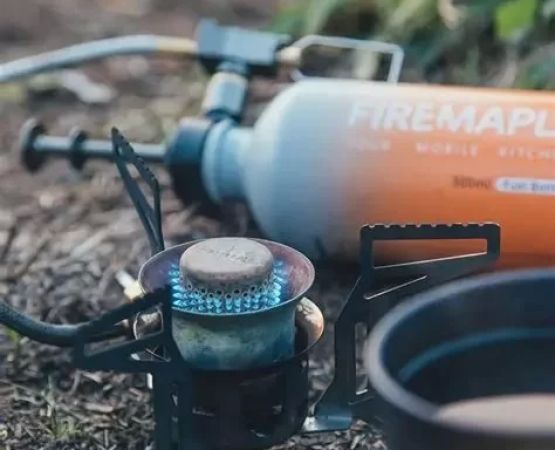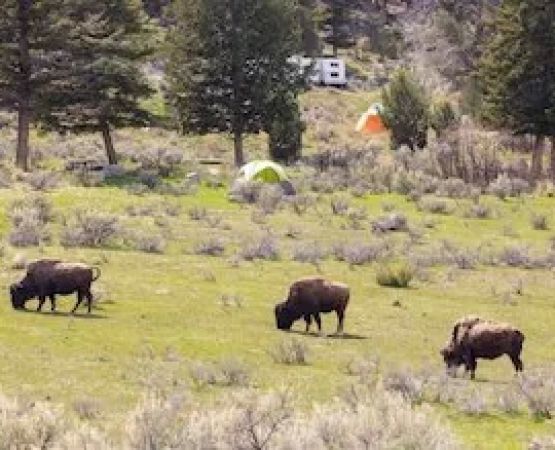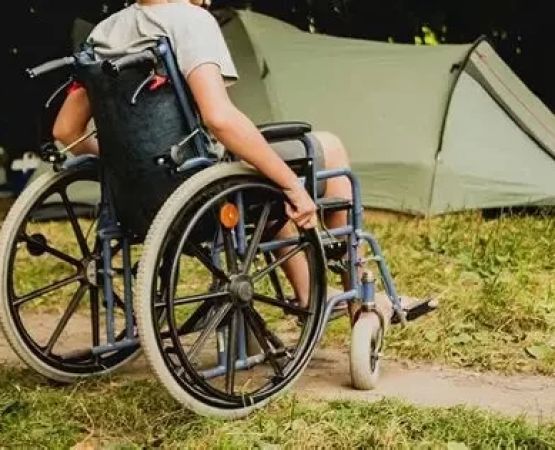- #how-to-prepare-for-a-tsunami-warning-while-tent-camping-on-the-beach - risk-awareness - emergency-preparedness - coastal-safety
- #understanding-tsunami-warnings - natural-signs - official-alerts - early-response
- #choosing-safe-camping-locations - elevation - distance-from-shoreline - escape-routes
- #essential-gear-and-emergency-kits - portable-radios - waterproof-bags - survival-tools
- #real-world-cases-and-lessons - survivor-stories - global-events - practical-insights
- #evacuation-strategies-and-communication - community-plans - family-coordination - quick-action
- #planning-with-pine-cliff-resort - safety-focused-gear - expert-recommendations - trusted-guidance
How to Prepare for a Tsunami Warning While Tent Camping on the Beach
Camping by the ocean is one of the most freeing experiences, but when you pitch your tent on the shoreline, you’re also entering a zone of potential danger. How to prepare for a tsunami warning while tent camping on the beach is not just a precaution—it’s an essential skill for coastal adventurers. By combining awareness, preparation, and proper planning, you can enjoy your beach adventure while staying safe.
Understanding Tsunami Warnings
1) Recognizing natural warning signs
Before official alerts are issued, nature often gives clues. Sudden sea level withdrawal, unusual roaring ocean sounds, or strong ground shaking after an earthquake are critical signals to move to higher ground immediately. Seasoned campers on the Pacific Northwest coast recall abandoning their gear after a quake and watching the water recede dramatically—an early sign of an incoming wave.
2) Official alerts and response time
Tsunami warnings are broadcast through multiple channels such as radio, mobile alerts, and coastal sirens. When these warnings sound, time is limited. Unlike hurricanes, tsunamis often strike within minutes to an hour, meaning immediate evacuation is the priority over securing belongings.
Choosing Safe Camping Locations
3) Distance and elevation matter
When tent camping on a beach, your campsite’s location can be a life-or-death decision. Avoid low-lying sandy stretches directly by the waterline. Instead, look for spots on higher dunes, bluffs, or areas with clear access to elevated terrain. Many survival accounts stress that even a few dozen feet in elevation can make a huge difference during a tsunami event.
4) Accessibility and escape routes
Before settling in, scout out the nearest evacuation paths. Is there a road or trail leading to high ground within minutes of your camp? When Japan’s 2011 tsunami struck, survivors who had rehearsed their routes reached safety quickly, while those unfamiliar with their surroundings struggled to escape in time.
Essential Gear and Emergency Kits
5) Emergency communication and alerts
Carry a portable, battery-powered NOAA weather radio to receive warnings even when cell service fails. A waterproof pouch for your phone and identification is another small but vital safeguard. This ensures you remain informed and prepared for sudden evacuations.
6) Survival tools and essentials
Your gear should include waterproof bags, headlamps, extra food, and a compact first aid kit. Lightweight survival blankets and fire-starting tools are also invaluable. During a real incident in Alaska, campers who kept their gear packed in dry bags managed to salvage critical supplies even after abandoning their tents to escape incoming waves.
Real-World Cases and Lessons
From Indonesia’s 2004 tsunami to Japan’s 2011 disaster, stories of survival have consistently highlighted preparation as the decisive factor. A widely shared story from California told of beach campers who recognized the warning signs and sprinted inland, escaping moments before a small but dangerous surge swept through the shoreline. These cases remind us that vigilance and preparation save lives.
Evacuation Strategies and Communication
7) Coordination with companions
If you are camping with family or friends, establish a clear meeting point and evacuation plan before setting up camp. In an emergency, panic can scatter people, but prior planning helps keep everyone together and safe.
8) Community awareness and support
Coastal towns often have community tsunami evacuation routes and designated shelters. Familiarizing yourself with these before your trip ensures you know where to head if an alert is issued. Coordination with locals can also provide critical insights into safe areas.
Planning with Pine Cliff Resort
Expert guidance for safe coastal adventures
At Pine Cliff Resort, we understand the thrill of camping by the sea, but we also prioritize safety. Our curated recommendations on survival gear, waterproof packs, and coastal camping essentials are designed to help you stay both adventurous and prepared.
Trusted advice and tailored gear selection
When wondering how to prepare for a tsunami warning while tent camping on the beach, Pine Cliff Resort can guide you toward practical solutions and trusted equipment. By blending excitement with readiness, we help ensure your beachside experiences remain memorable for all the right reasons.






